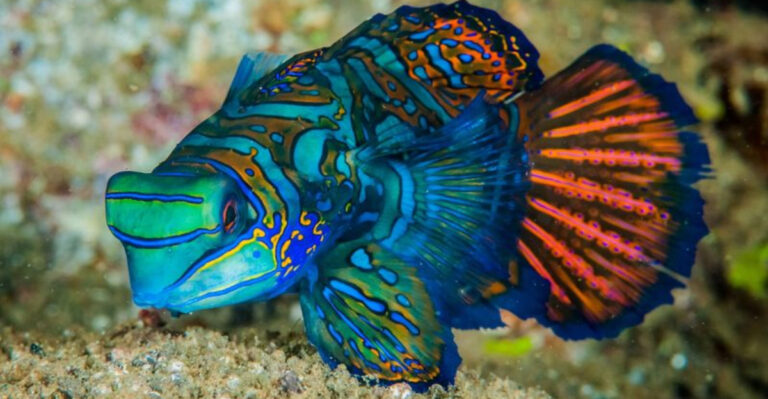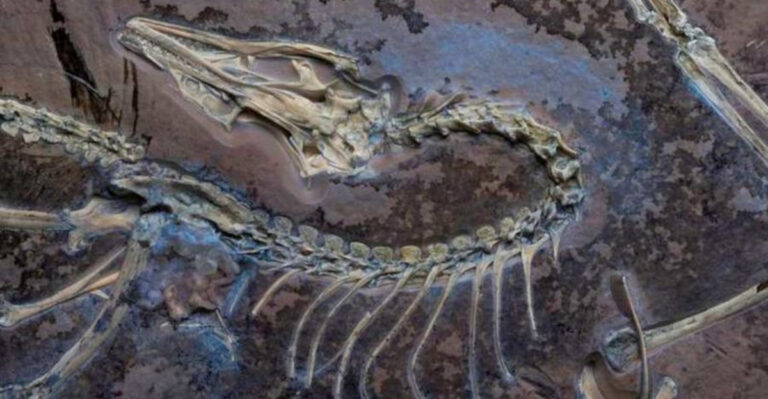Everglades Alligators And Their Surprising Role In Cutting Miami’s CO2

Beneath the murky waters of the Everglades, alligators are doing more than just hunting prey. These prehistoric-looking reptiles actually help fight climate change by influencing carbon storage in their wetland homes.
The connection between these toothy predators and Miami’s carbon dioxide levels reveals nature’s unexpected climate heroes working right in our backyard.
1. The Unexpected Climate Allies In The Everglades
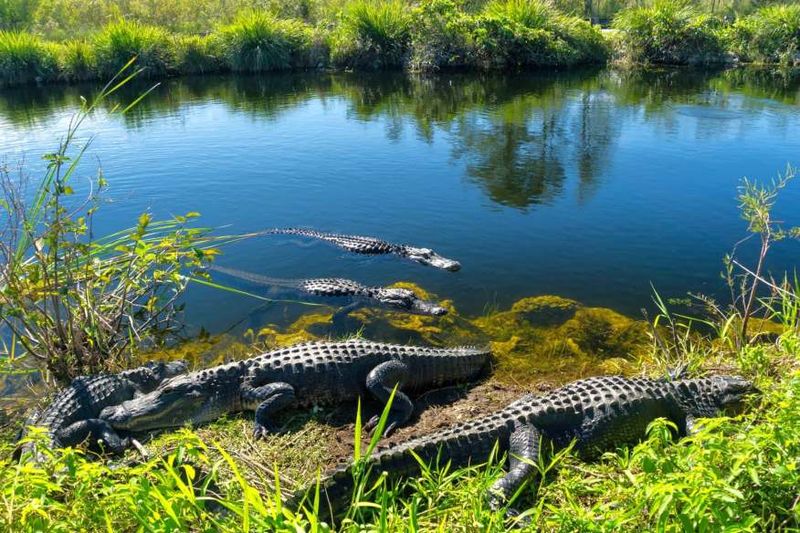
Lurking just beneath the surface, alligators create depressions called ‘gator holes’ that retain water during dry seasons. These aquatic refuges become carbon-trapping oases.
Plant material decomposes slower underwater, preventing carbon release into the atmosphere. Without realizing it, these reptiles engineer mini carbon sinks throughout the Everglades ecosystem.
2. How Alligators Influence Carbon Storage
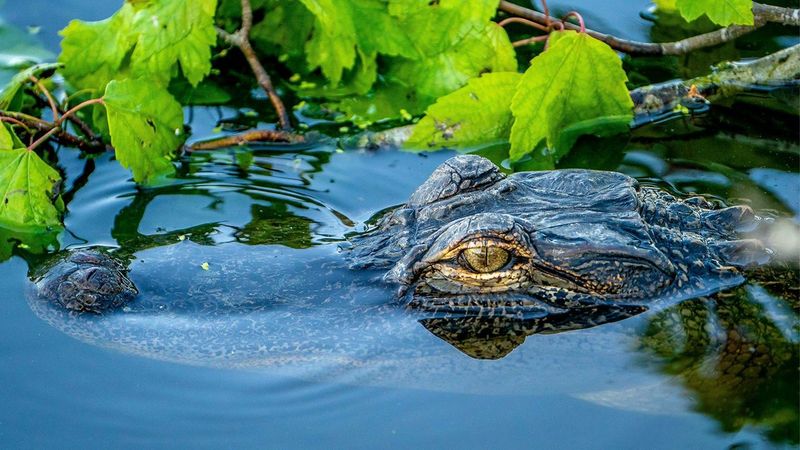
Walking through dense vegetation, alligators create trails that channel water through marshlands. These pathways help maintain wetness in peat soils that would otherwise dry out and release stored carbon.
Scientists estimate that alligator-influenced wetlands store carbon at rates 40% higher than areas without their activity. Their movements literally shape carbon retention patterns across the landscape.
3. From Predator To Carbon Protector
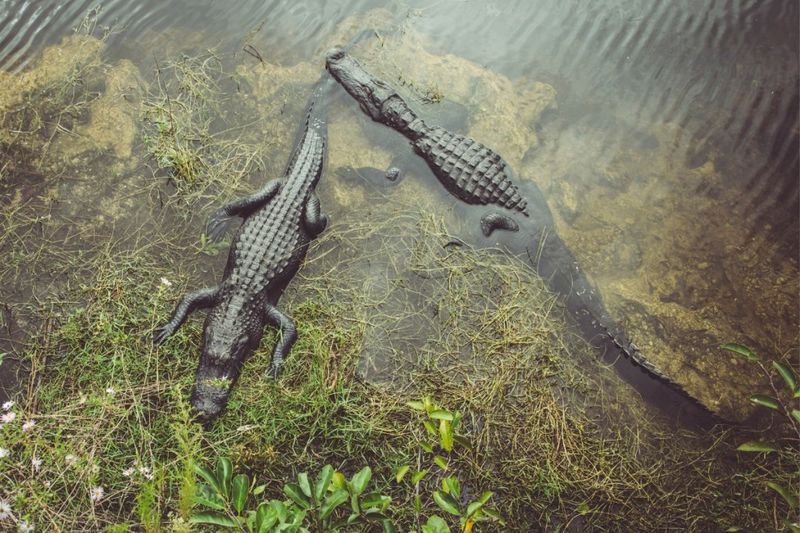
Hunting at the top of the food chain, alligators control populations of wetland grazers like nutria and muskrats. Left unchecked, these rodents would overeat vegetation vital for carbon capture.
A single alligator might indirectly protect acres of carbon-storing plants annually. Their predatory lifestyle creates a cascade of effects that ultimately helps Miami’s air quality.
4. Alligators And Wetlands: A Carbon Connection
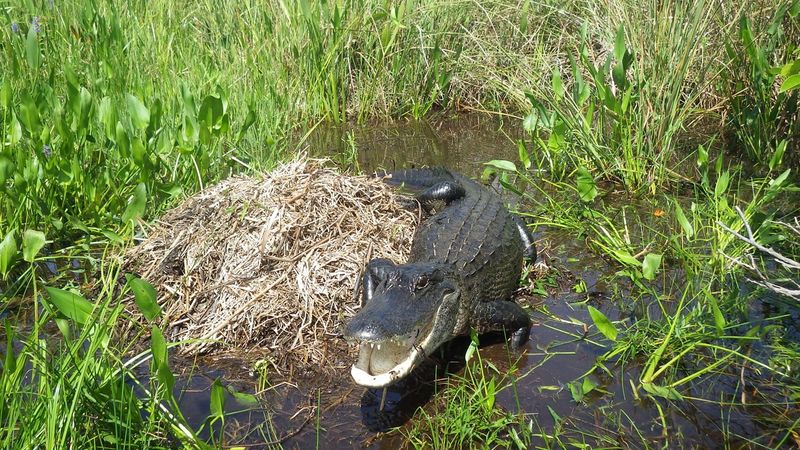
Female alligators build massive nests from vegetation, piling plants into mounds up to six feet wide. These structures compact organic material, creating dense carbon deposits that resist decomposition.
After hatching, abandoned nests become fertile islands where new plants thrive. The cycle creates carbon-rich hotspots throughout the Everglades, functioning as natural carbon capture stations.
5. Why Alligator Habitats Are Critical For Carbon Control
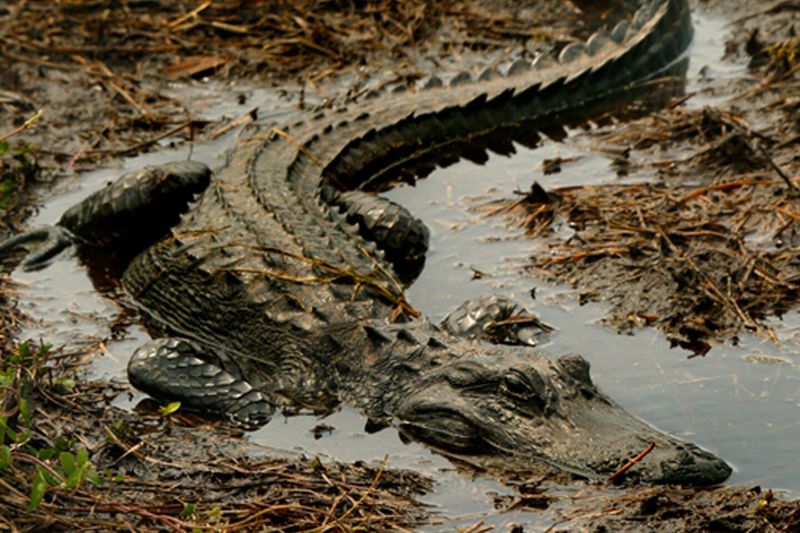
During droughts, wildlife clusters around alligator holes – the only water sources remaining. This concentration of animals brings nutrients that fuel plant growth when rains return.
Enhanced vegetation means more photosynthesis and carbon capture. These cycles, dependent on alligator engineering, have been sequestering carbon for thousands of years, helping regulate Miami’s regional climate.
6. Carbon Sequestration In Alligator Habitats
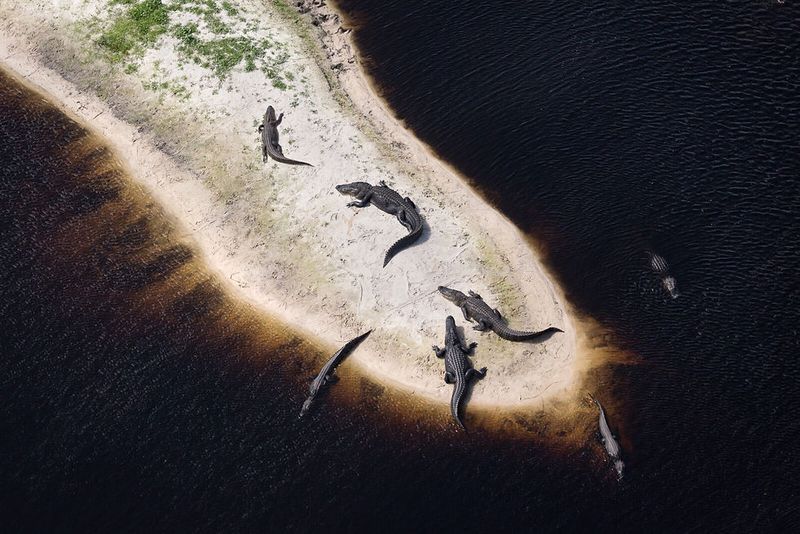
Mud stirred by alligator movements traps carbon particles that would otherwise float away. This seemingly minor action multiplied across thousands of alligators creates significant carbon burial.
Research shows sediments in active alligator areas contain 13% more stored carbon than similar habitats without them. Their constant swimming and crawling literally pushes carbon deeper into protective mud layers.
7. How Alligators Shape The Everglades Ecosystem
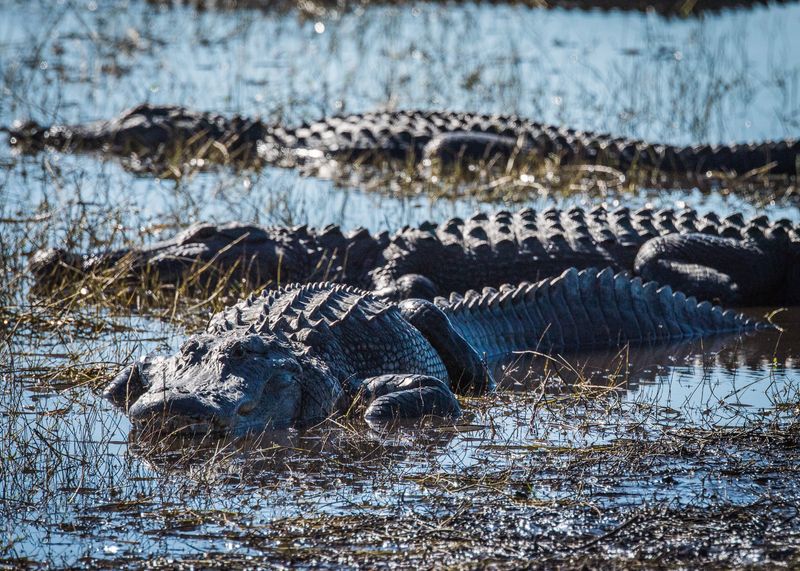
Basking in the sun, alligators compact soil beneath them, creating hardened spots that alter water flow patterns. These micro-topographical changes direct water toward carbon-rich areas during wet seasons.
Water distribution affects which plants grow where, ultimately determining carbon storage potential. By simply sunbathing, alligators are unwittingly engineering the landscape for enhanced carbon capture.
8. Alligators’ Impact On Vegetation And Carbon Levels

Fertilizing wetlands with their waste, alligators distribute nutrients that boost plant growth. More abundant vegetation means more photosynthesis and carbon pulled from Miami’s air.
Scientists have measured up to 30% higher plant diversity around active alligator territories. This biodiversity creates resilient carbon sinks that maintain function even during environmental stresses like hurricanes or drought.
9. Alligator Movements Boost Carbon Storage
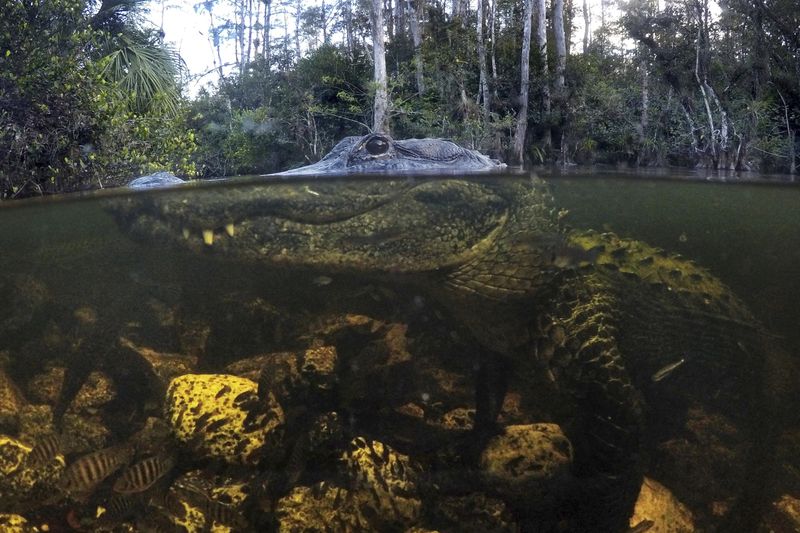
Dragging their massive bodies through marsh vegetation, alligators push plant matter into the water. Submerged plants decompose slower than those exposed to air, effectively locking carbon away longer.
A single large alligator might submerge hundreds of pounds of vegetation annually. This unintentional behavior creates a natural carbon sequestration system that helps offset Miami’s urban emissions.
10. The Role Of Alligator Nests In Carbon Balance
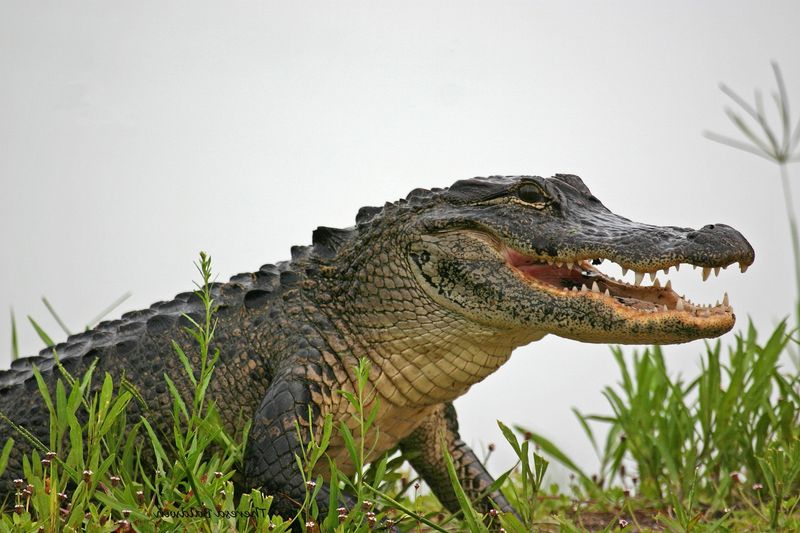
Generating heat through decomposition, alligator nests create perfect incubation conditions for eggs. This same process slowly converts plant material into stable soil carbon that resists erosion.
After decades, former nest sites become carbon-rich islands supporting specialized plant communities. These legacy effects mean alligators continue contributing to carbon storage long after they’ve moved to new territories.
11. Why Alligators Matter For Miami’s CO2 Levels
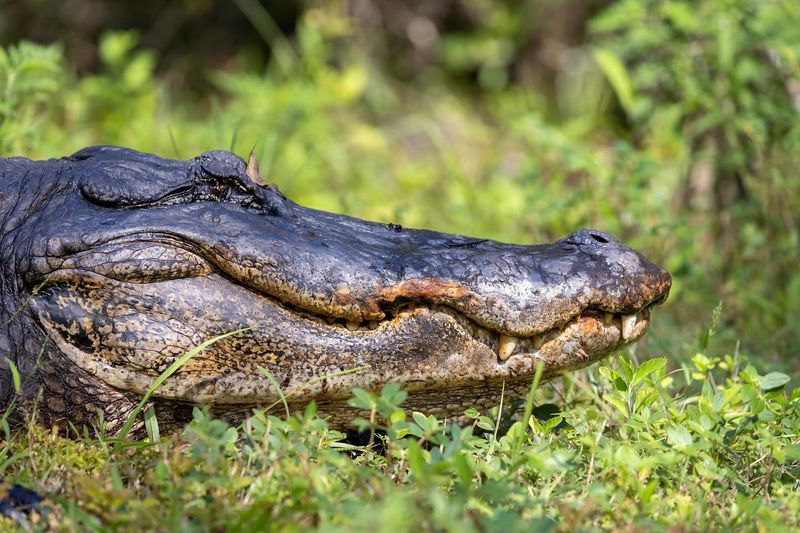
Acting as living bulldozers, alligators clear channels that prevent stagnation in wetland waters. Healthy water flow supports the microorganisms that transform carbon into stable compounds resistant to atmospheric release.
Urban development in Miami has reduced natural wetlands by over 50% since 1900. Protecting remaining alligator habitats has become crucial for maintaining natural carbon processing that helps offset the city’s emissions.
12. Alligator Trails And Peat Formation
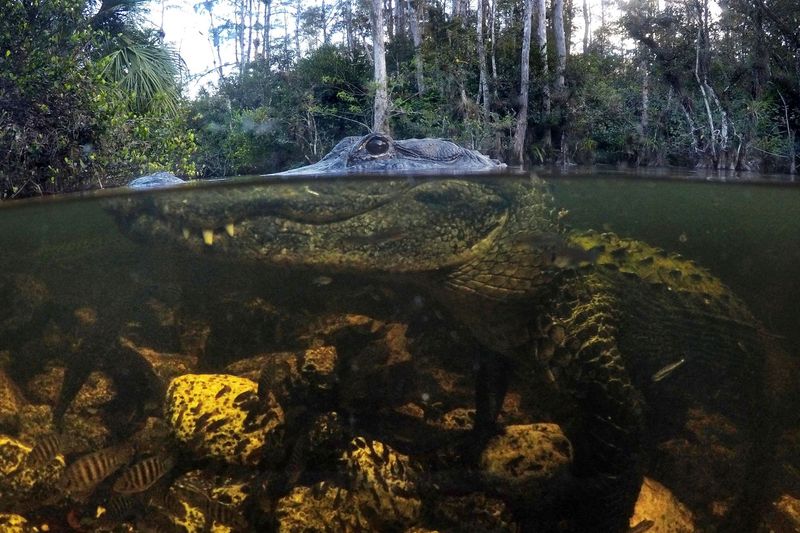
Creating channels through dense vegetation, alligators maintain water flow that prevents peat from drying out. Dry peat rapidly decomposes, releasing stored carbon dioxide into Miami’s atmosphere.
Wetlands with healthy alligator populations maintain peat depths averaging 18 inches deeper than comparable areas without them. These deeper peat deposits represent centuries of carbon storage that might otherwise contribute to climate change.
13. Alligator Wetlands: Nature’s Carbon Vaults
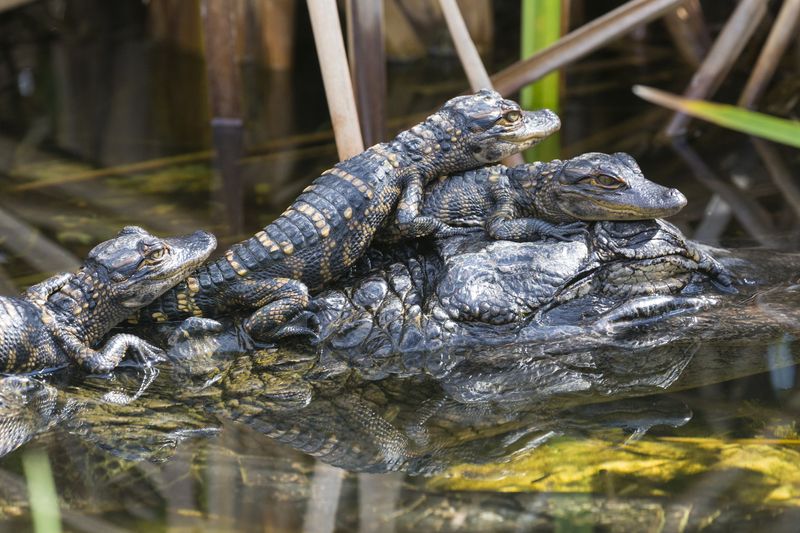
Storing carbon at rates exceeding 100 tons per acre, healthy alligator wetlands outperform most ecosystems in carbon sequestration. Their mud-churning activities help bury carbon deeper where it remains trapped.
Just one square mile of alligator-inhabited wetland can offset carbon emissions equivalent to 3,000 cars annually. Preserving these areas provides Miami with natural climate infrastructure that works silently day and night.
14. How Alligator Activity Supports Carbon Capture
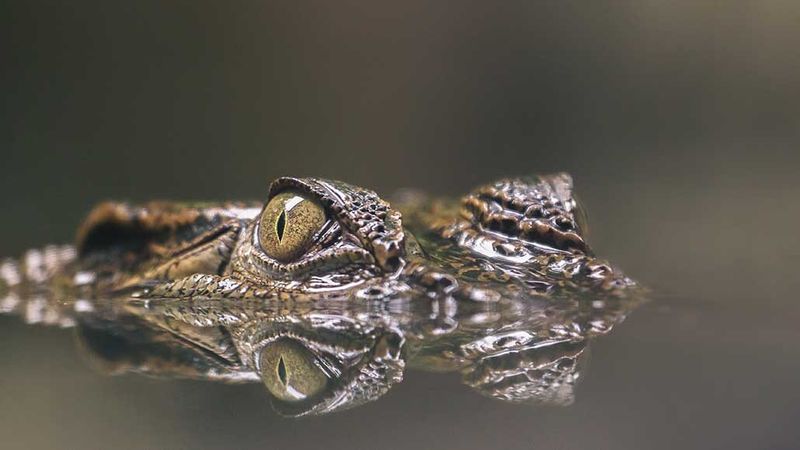
Crushing vegetation under their weight, alligators accelerate the transfer of carbon from plants to soil. This speeds up carbon burial while making room for new growth that captures additional CO2.
Research indicates alligator territories cycle carbon up to 23% faster than areas without them. Their constant movement creates a perpetual carbon capture machine that helps counterbalance Miami’s growing carbon footprint.
15. Everglades Alligators: Natural Climate Regulators
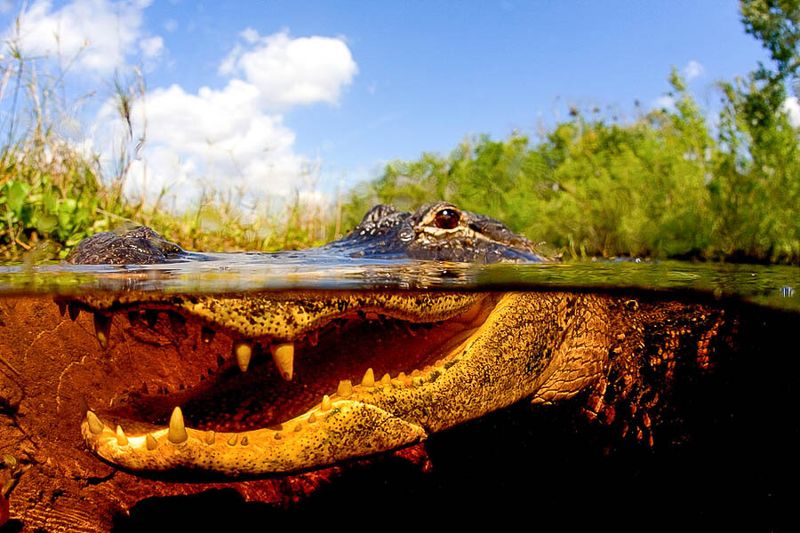
Maintaining water tables through their hole-digging behavior, alligators prevent soil desiccation that would release carbon. These natural wells can be up to 15 feet across and several feet deep.
During south Florida’s development boom, draining wetlands released millions of tons of carbon dioxide. Conservation efforts focused on alligator habitats now aim to prevent further losses while supporting natural carbon regulation systems.


